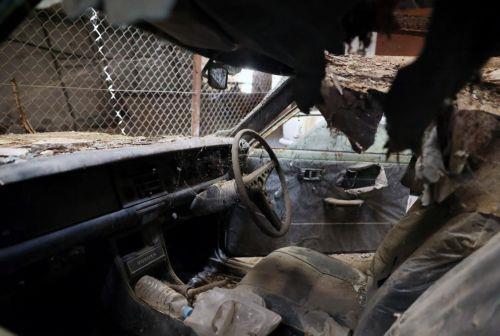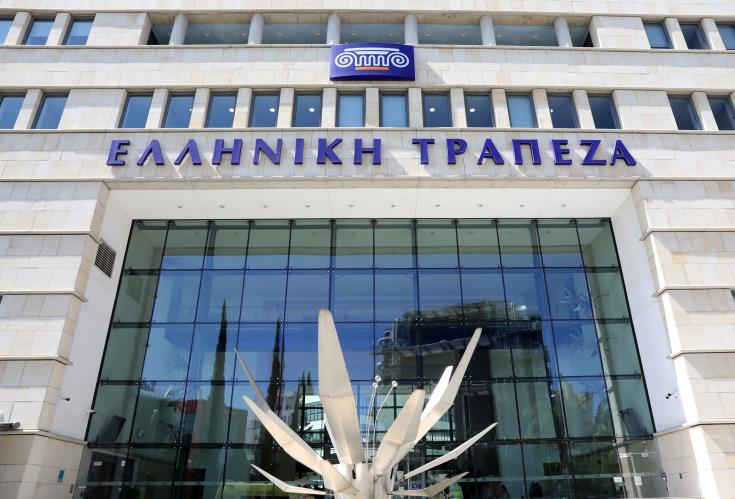Eight-year-old Dickran Ouzounian treasured visiting his father Stefan’s garage, located a few meters from the bustling Ledra street, to admire the latest Toyota cars. He was fascinated by the brand-new, gleaming Corollas, Coronas, Crowns, and Celicas. Now, 50 years later, as the CEO of the company, Ouzounian retraces the haunting history of the Cypriot business to Cyprus News Agency journalists who visited the abandoned Toyota garage in a basement in Nicosia’s buffer zone or green line.
Led by UN peacekeepers, we set off from the Footballer’s Gate, a contested area where Turkish soldiers once used to challenge the Greek Cypriot soldiers at the outpost across the street before the de-manning agreement of 1989. It is also known as the “Yellow Car Outpost,” named after an abandoned yellow Morris Minor that marked the spot. Unficyp captain Luke Heppenstall explained that the specific area is particularly sensitive, as the Turkish forces believe it lies within occupied areas, preventing Unficyp patrols and forcing them to return via the UN-controlled Maple House.
Climbing the narrow rusty steps leading up to Maple House, abandoned after the vast majority of peacekeepers of the Canadian detachment left in 1993, we find ourselves above the decaying Toyota garage.
The Interior of One of the Destroyed Cars
In the summer of 1974, the basement, which then housed various other businesses, was filled with pristine cars that had only made a single 38-mile journey from the port of Famagusta to the Nicosia garage. However, the current sight is bleak. Layers of dust blanket the remaining vehicles, while the collapsed roof in the center of the building allows rainwater to exacerbate the damage. Pigeon, rat, and cat droppings litter the floor, along with plastic bottles, trash, old children’s bicycles, yellowed paper, broken desks, and shattered windows. The walls are stained with rust and grime.
While some cars retain plastic seat covers, others have been stripped bare, missing steering wheels, tires, gear levers, and radios. Ouzounian says intruders from both sides would enter the garage, vandalize the property and steal. Despite efforts to salvage what remained after the invasion, authorities showed little interest in preserving the family’s legacy.
“We lost 52 cars there specifically,” he lamented, reflecting on the devastating impact of neglect and indifference. For Ouzounian, the greatest damage occurred 10-15 years after the invasion. A couple of months after the Canadian peacekeepers left the building, Ouzounian’s father received a call from the Greek Cypriot ministry informing him of the damage and asking him to sign that Unficyp was not responsible for taking care of the goods.
People who had broken into the garage had jumped on the cars, broke windows and slashed car seats. They stole engines and gearboxes. The family also had approximately 1,000 bicycles and over 2,000 tires which disappeared immediately after the invasion. Ouzounian wonders how they managed to enter and get the stolen items out of there since the family who owned the place did not have any access at all. “I have been the CEO for the last 20 years. I’ve been with the company since 1990. I tried many times through the ministry, through the municipality to get access, and they never granted it.”
He recounts futile attempts to even retrieve the company’s original sign from the 1960s which were met with bureaucratic indifference and apathy. Ouzounian recalled communication with health services when they opened the building for disinfection and correspondence with influential figures like the late Turkish Cypriot leader Rauf Denktash and the new UN representative in Cyprus Colin Stewart, yet receiving scant acknowledgment. “No one cares…My request was to at least give us the sign so I have something to show the next generations about the tragic history of Cyprus.”
Amid the neglect, British UN soldiers showed more interest than Greek Cypriot authorities for the fate of the abandoned cars. They maintained two Celica cars which they proudly display above the garage.
Leaving the garage and walking towards the Silver Bunker Gate, the UN remarked how “both sides are violating the buffer zone” after showing a brick wall on the occupied side. Captain Heppenstall explained how Turkish forces disregarded UN directives, persisting in construction despite warnings to halt at a designated white line.
Commenting on the situation, foreign ministry spokesman Theodoros Gotsis underscores ongoing efforts to address violations within the buffer zone through diplomatic channels in consultation with Unficyp.
The green line in Nicosia was first established in March 1964 after intercommunal violence broke out. The version of the buffer zone drawn after the Turkish invasion in July 1974 follows almost the same route.






